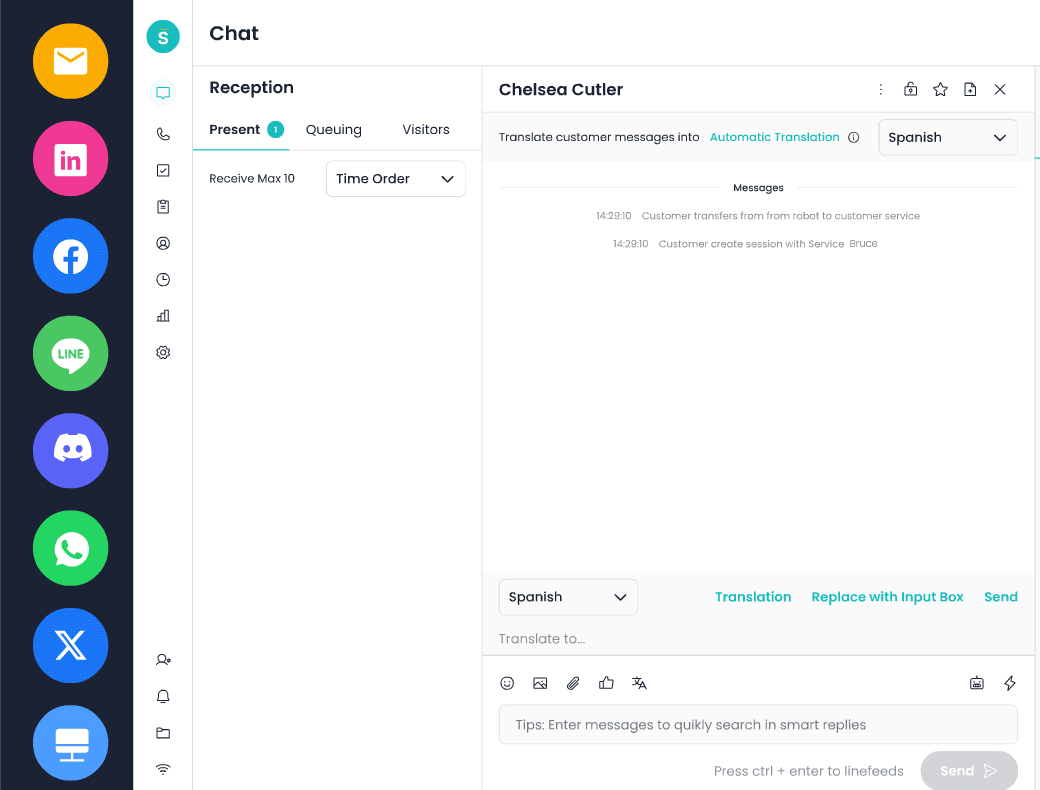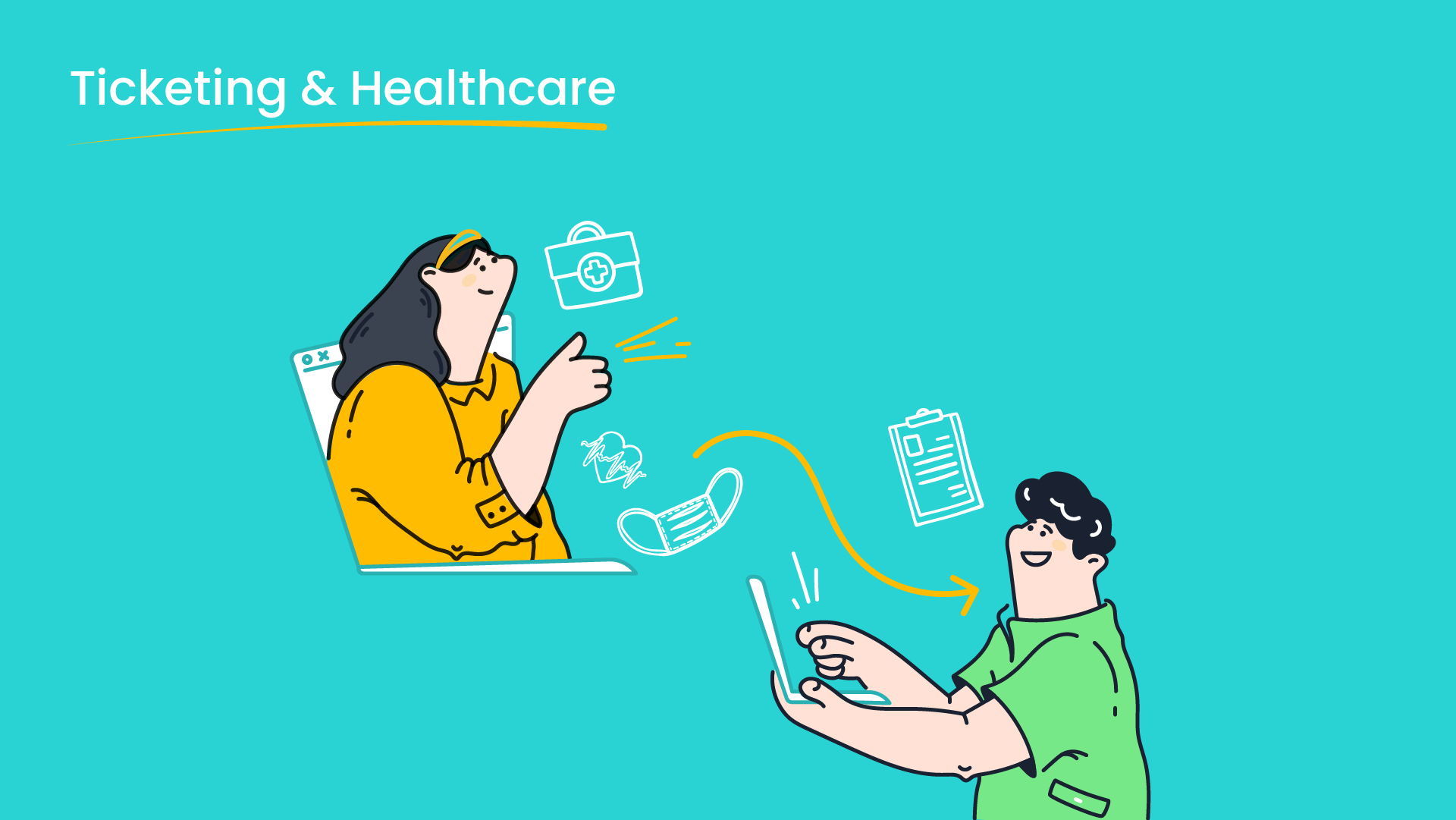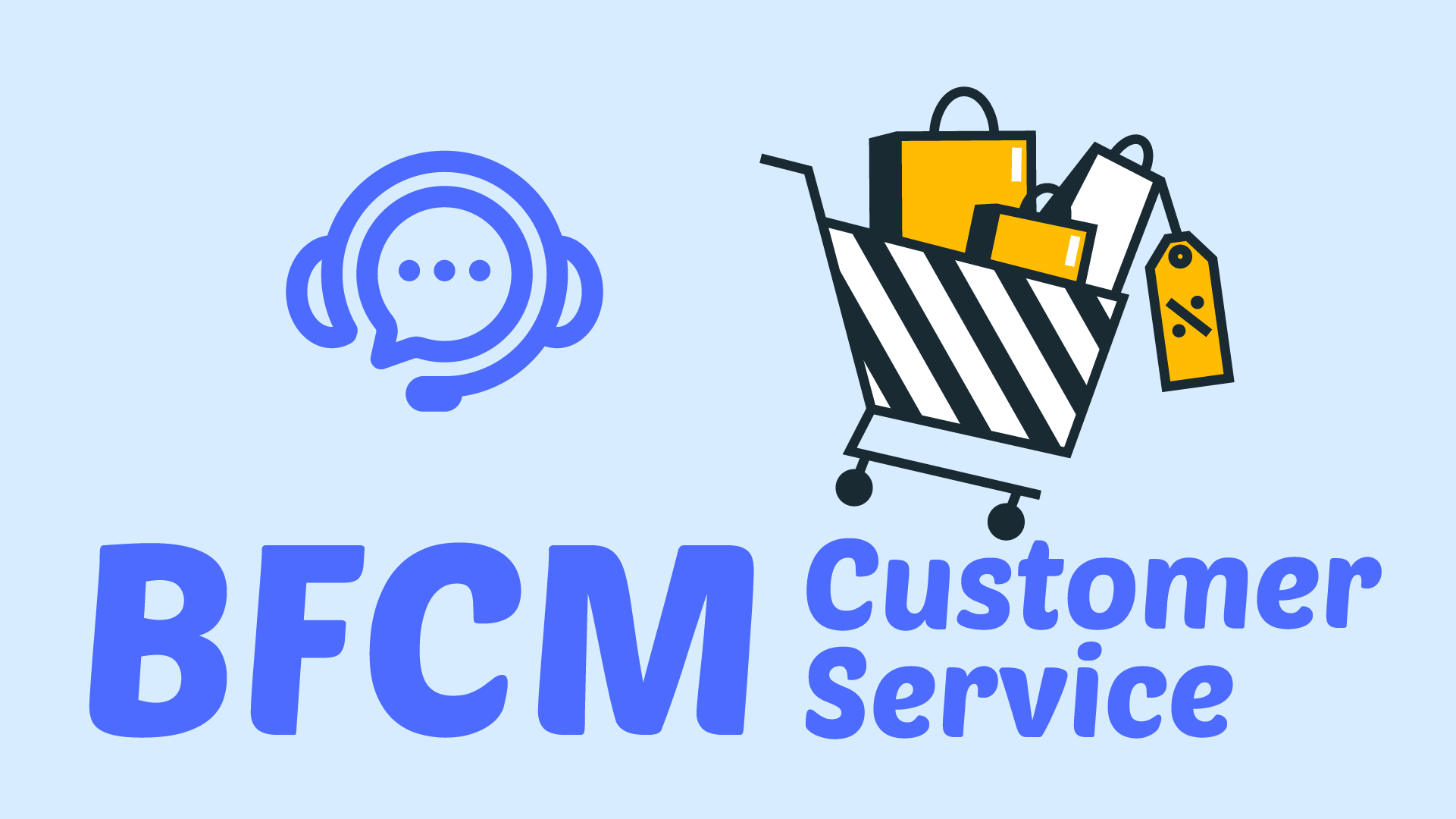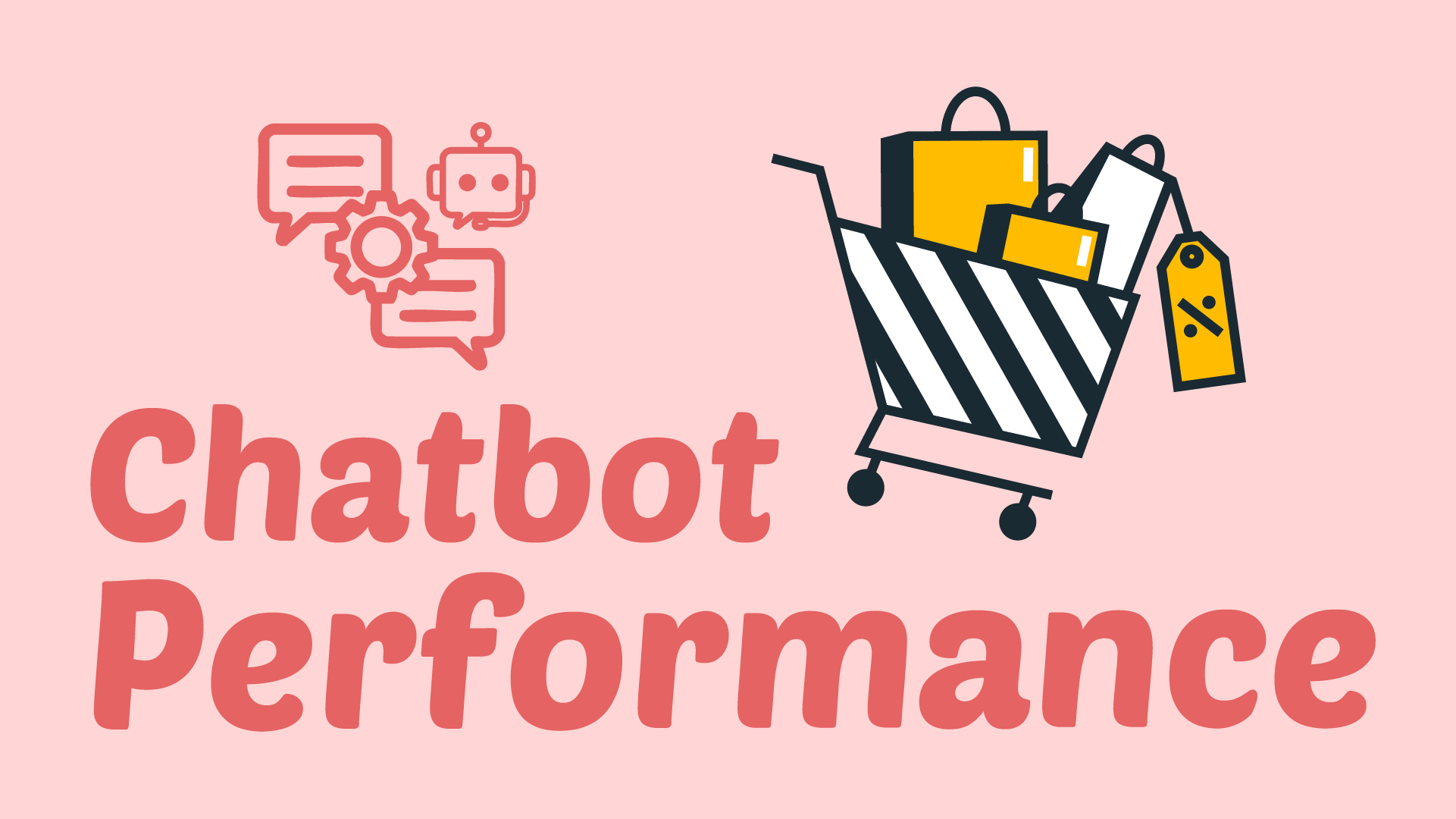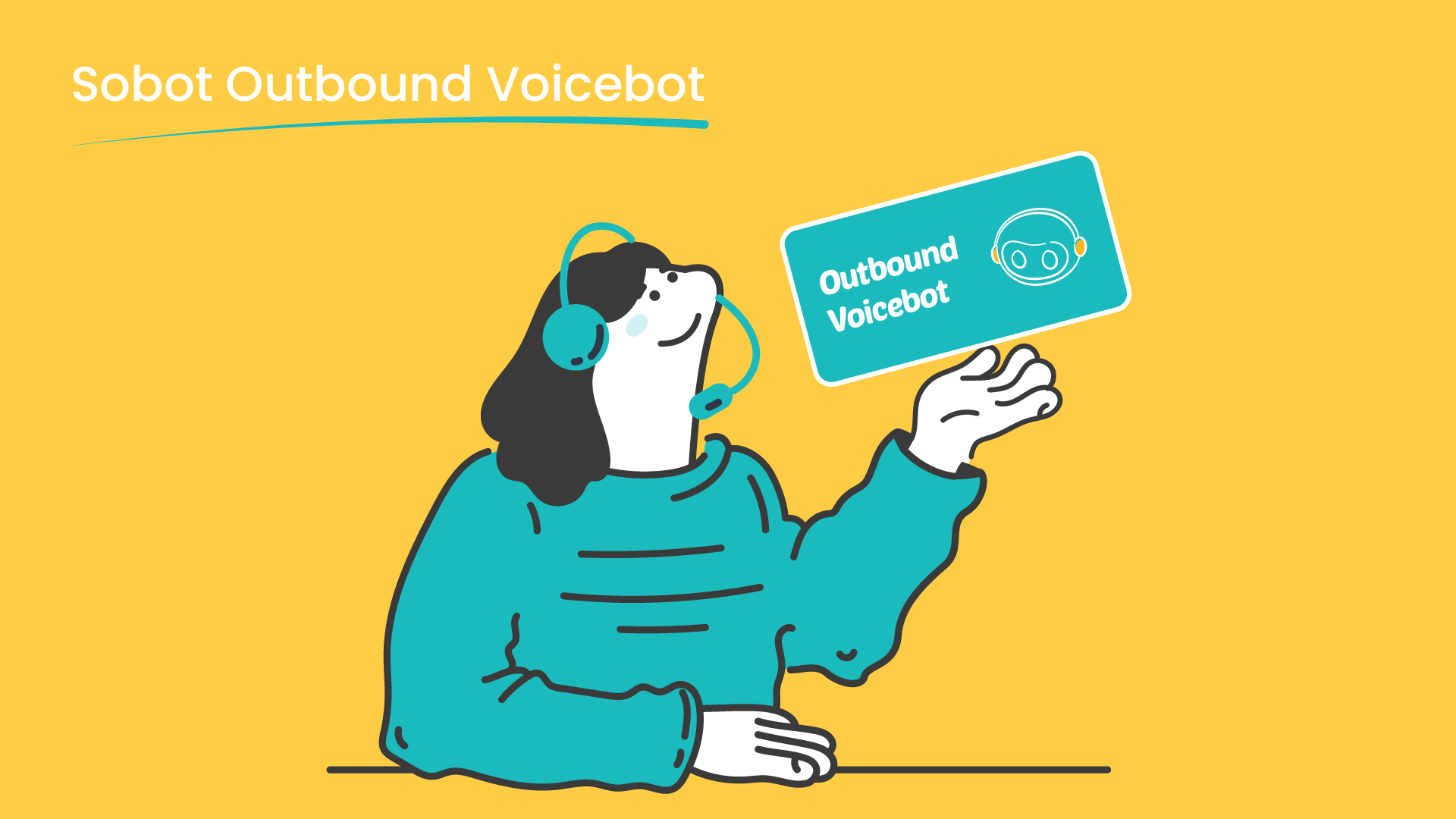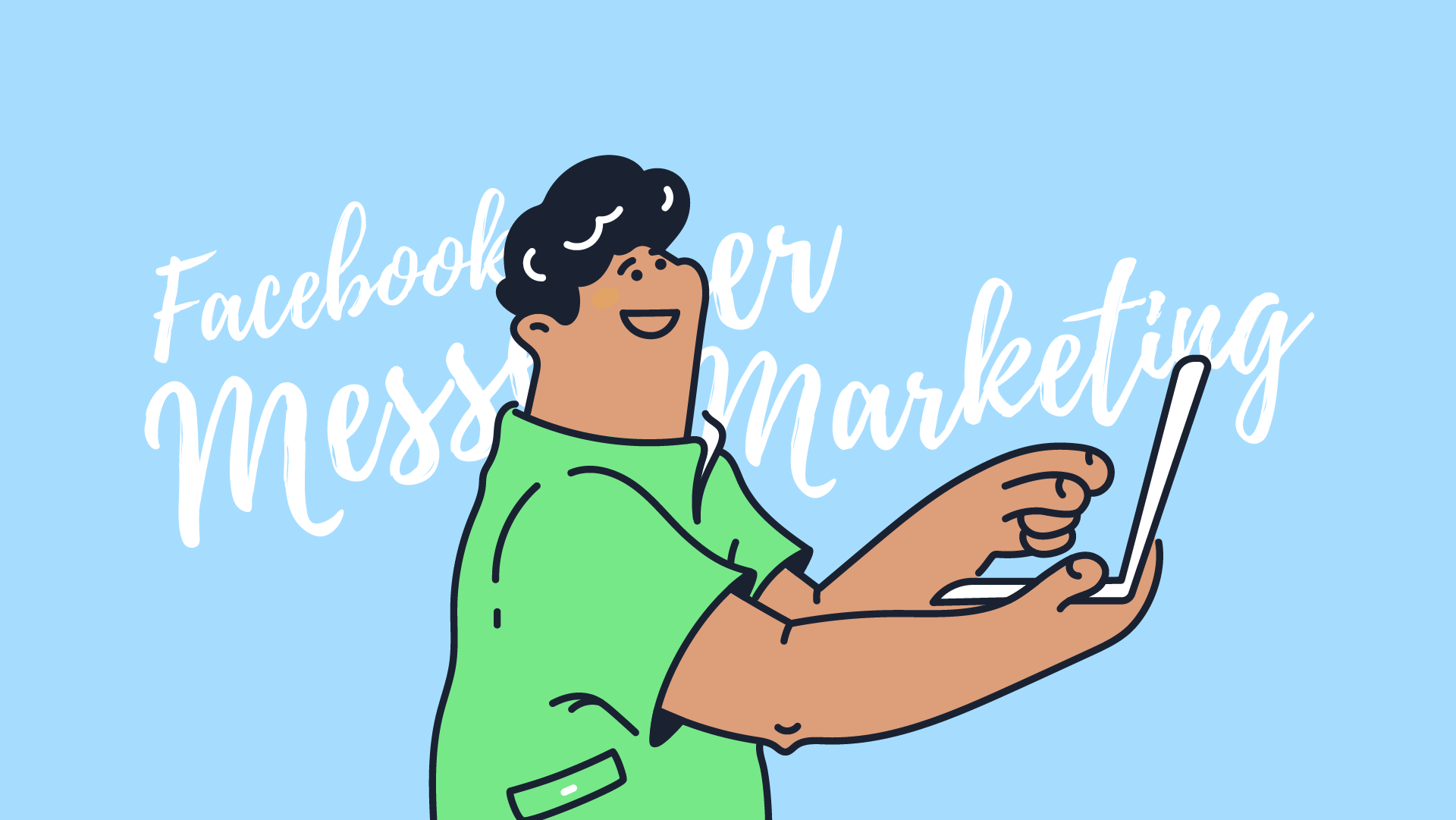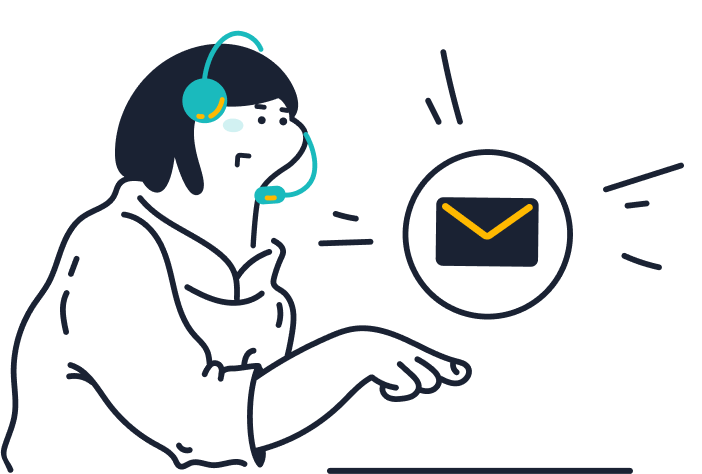Introduction
Professionals in the healthcare industry are continually looking for innovative ways in which they can increase the value of care delivery and organizational efficiency. Within these developments, healthcare organizations have appreciated the requirement of effective and solvable service delivery and answering functions within and outside the healthcare circles. Ticketing systems that have been in use in sectors such as retail and information technology sector, are slowly finding their way into the health sector.
Due to the nature of patient data and treatments and administrative work, having a single ticketing system should be adopted to manage the flow and operations efficiently. This type of healthcare system integration delivers efficiency, higher incentives in staffing, integrated staff collaboration, and extra patient satisfaction.
Why Traditional Support Methods Are Ineffective?
Traditional methods of managing patient and staff inquiries—such as phone calls, emails, and manual processes—are often fragmented and ineffective in today’s fast-paced healthcare environment. Today’s and tomorrow’s patients expect quick answers to their questions and with the developing field of telemedicine, healthcare organizations and facilities require a more efficient and fast support service.
However, more so, there is new orientation towards support service provision to people worldwide as seen globally.
The fact that there are more frequent multichannel interactions shows that separate ways of providing support is insufficient to address the needs of present healthcare organization.
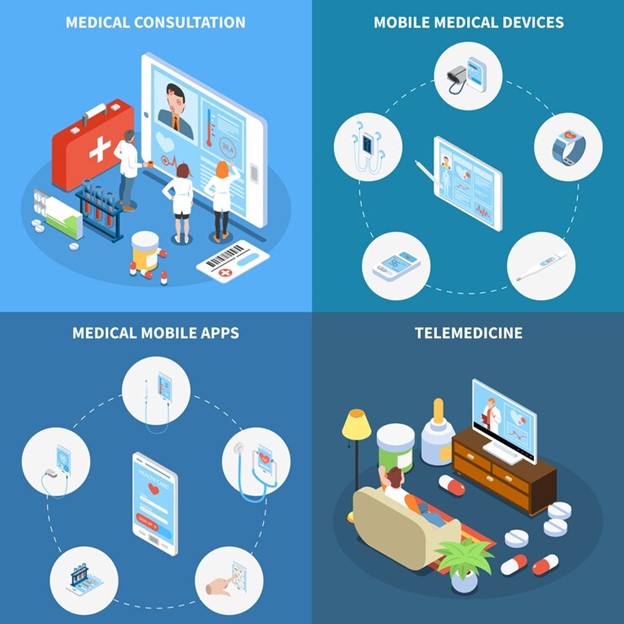
Manual processes not only slow down response times but also increase the likelihood of errors. In an industry where precision is vital, these inefficiencies can lead to delays in treatment, patient dissatisfaction, and even legal issues if critical information is mishandled.
Benefits of Modern Ticketing System in Healthcare
These are some of the challenges that health care institutions have to face and therefore need to implement contemporary ticketing systems in order to enhance overall support experience as a whole for both patients and staff members. Here are some of the key benefits:
1. Centralized Support Platform
Appointment booking can be done electronically with a centralized ticketing system to respondent to all patient inquiries and staff requests. This means that the healthcare providers are able to reduce the communication gaps, between different departments like the billing, records and the appointment section. Since all the requests are centralized, chances of receiving such requests then overlooking them or receiving duplicated requests are minimized.
2. Shorten Response Time
Zendesk report states that considering the pre-pandemic data, average ticket volume has increased by 16% throughout the pandemic up to date (Zendesk, 2021). These increased inquiries mean that healthcare institutions have to become more sensitive to. Ticketing systems assist in managing this higher volume by directing it to the relevant sections and decentralising repetitious work, providing solutions in a shorter amount of time.
3. Enhanced Patient Experience
The level of satisfaction of the patients depends directly on how fast their complaints are handled. Implementing ticketing system ensures that patients are informing about the status of their query and progress of their ticket which may concern billing, prescription or appointment. Timely individualized answers also mean higher patients’ satisfaction, which is vital when patients turn to the healthcare provider for further treatment.
4. Replicate of Mechanical Work
Communication processes that are common and recurrent in any organization, including appointment bookings, onboarding of patients, and paperwork, can be addressed by ticketing systems. This formulation relieves the pressure from the healthcare employees and helps them concentrate more on other more sensitive activities like caring for the patients. Automation is also used to prevent variation and occurrence of inaccuracies due to human interference on iterative tasks.
Key Applications of Ticketing System in Healthcare
The on-call ticketing system can used all over the medical centre, with solutions for patients, employees, and administrators alike. Here’s how:
1. Patient Support and Inquiry Management
Every day, doctors and nurses encounter many patients’ calls to enquire about bill payments among other things or to reschedule appointments and/or obtain their records. These inquiries can be sorted out by a ticketing system and can provide an easy tracking for each of the requests made to minimize delay. For instance, a billing inquiry may go to the finance department whereas a request for medical records goes to the administrative department. They recognised that they receive more rapid responses and that communications are defined and unambiguous.
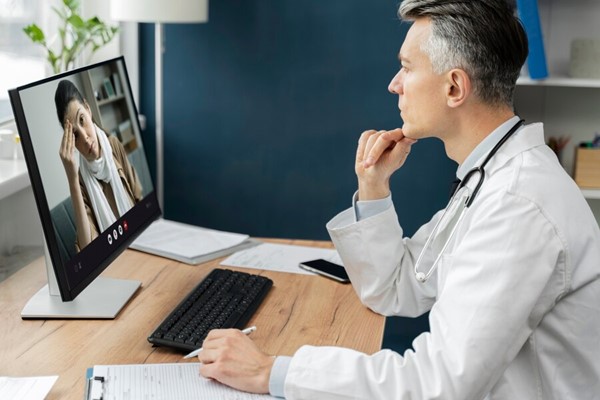
2. Clinical and Administrative Staff Assistance
It also enhances communication within the care givers, the doctors, nurses and specialists by implementing a ticketing system. They facilitate the review of patient’s records, his treatment records, medication records and so on which reduces time lag for patients care and effective coordination among different parties involved.
Now in excess of 64% of physicians have electronic health records that help them with additional patient detail making the ticketing system that more efficient. (Source)
3. Compliance and Data Security
Heathcare institutions are required by law to adhere to legal requirement such as the HIPAA act concerning patients information. For dealing with such records, a ticketing system can effectively control the accessibility of certain documents and properly record all actions under its control. Also, through implementation the health care providers can showcase their compliance with set regulatory requirements in an audit and therefore avoid hefty fines.
4. Preventive Maintenance of Medical Equipment
Downtime on medical equipment means delays and even the negation of patient benefits from treatments along with other complications. The staff can easily ticket in the maintenance department to request for servicing of the used medical equipment hence eliminating delay. With such forecasting, the providers can also predict when equipment is most likely to be in need of repairs, and before a failure occurs.
How Ticketing System Improve Patient Outcomes
A well-implemented ticketing system doesn’t just improve operational efficiency—it also has a direct impact on patient outcomes:
Healthcare Information Easy Access
The public is becoming more and more active and is expecting much more personal control over the delivery of their healthcare. It lets them track their inquiries, provide billing, as well as monitor appointments all within the ticketing system. It also gives a formal approach of handling patient concerns; thereby, improving the efficiency in making treatment choices.
Remote and Tele diagnosis
Currently, the telemedicine market in the United States is rising fast, it is expected to reach $64 billion by 2025. Ticketing systems assist the healthcare providers to provide the remote consultation and diagnose the patients by organizing the patient requests and virtual appointment schedules conferment. This is important to ensure that many patients get treated expeditiously including those who cannot be physically transported to a health facility.
Patient Waiting Time Cutters
When a range of duties including appointment setting and prescription refills are automated, ticketing systems minimize the times that patients spend awaiting services. It is very effective in enhancing patient experience, and thereby minimizing cases of no-show or delay in receiving treatment.
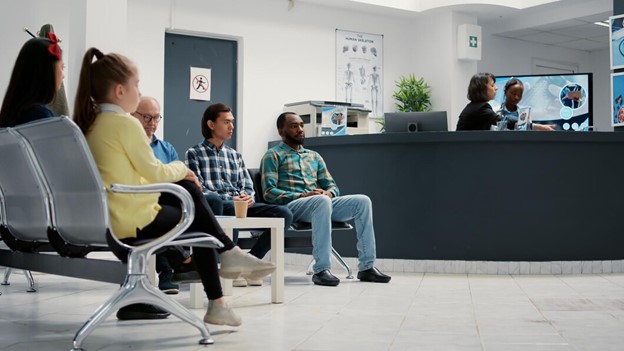
Sobot’s Contribution to Healthcare with Ticketing System
Sobot is a global provider of ticketing systems and has solutions that mainly focus on the health facility. Here’s how Sobot is contributing to the digital transformation of healthcare:
Efficient Organizational Process Regarding Patient and Staff Assistance
Sobot’s ticketing system is a means through which healthcare providers can handle patient inquiries and staff requests better. Thus, by centralizing these interactions Sobot saves time spent on switches between departments and systems and provides healthcare workers with the ultimate tool to deliver high-quality qualified patient care.
Compatibility with other Health care systems
Sobot’s ticketing system is easy to interlink with EHR and other healthcare management platforms to make a perfect and able combination. This makes patient records easily retrievable by the right people eliminating the time taken looking for records hence enhancing patient care.
Statistics also confirm this: according to HealthIT.gov, 88% of doctors report that an electronic health record (EHR) produces clinical benefits for the practice, and 75% report that they allow them to deliver better patient care.
Compliance and Data security
It is common knowledge that in today’s competitive world healthcare facilities have to adhere to many compliance standards such as HIPAA and Sobot’s ticketing system enables the institutions to handle patient data securely. Components of the system include role-based security, audit trails, encryption and enhanced patient data protection making compliance with regulations easier for healthcare providers.
Conclusion
With the advancement in the healthcare sector in embracing the digital platform the adoption of an upgraded ticketing system is becoming core element. Such systems integrate various working processes, minimize bureaucracy and thus contribute to improvement of patients’ treatment outcomes.
The global healthcare IT solutions market is anticipated to increase at a CAGR of 15.24% through 2029, equating to $728.63 billion, which means that the call for adaptive, suitable healthcare technology also grows. (Source)
The given ticketing system by Sobot is a convenient solution for all the healthcare facilities that would like to optimize their work and bring more benefits for patients. Sobot enhances the utilization of other healthcare platforms, keeping patient data safe and handling everyday tasks to avoid confusion from complicated patient care.
(The information in the article is collected from public channels. If the data or pictures are infringing or inaccurate, please contact us to delete or modify it.)
